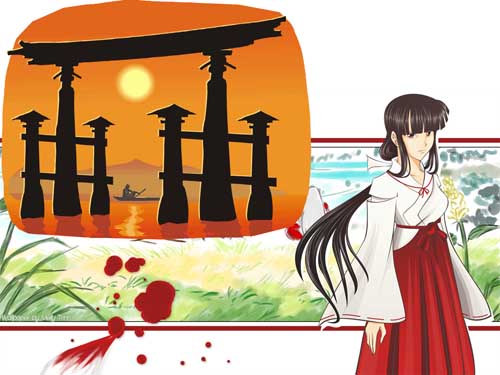What is Shintoism of Japan
What is Shintoism? It’s the indigenous spirituality of the people of Japan (also it’s typically very local – like connected to a local deity or shrine). Shintoism connects the past to the present and deals with the spirit (which could be invisible beings) that dwells within all things (kami); also worshipped as part of the religion are shrines and certain rituals. Most Japanese practice Shintoism in some way as Shintoism is deeply rooted into their culture. Those watching Animes & Japanese shows would also have seen Shintoism in action, without knowing.
|
Name: |
Shinto (way of the Gods), Shintoism of Japan |
|
Birth, Age, Death: |
Roots around 500 BC |
|
Nationality: |
Japan |
|
Method/Religion started: |
Shintoism of Japan |
|
Holy book/teachings: |
Kojiki (Records of Ancient Matters) , O’dno Jing (Book of Salvation) & Nihon-gi or (Chronicles of Japan) |
|
Followers: |
Circa 4 Million |
|
Lifestyle requirements: |
Temple worship |
|
Form of practice: |
Rituals with strict conventions of protocol, order and control; Rites of Life, |
|
Wiki (encyclopedia) link: |
http://en.wikipedia.org/wiki/Shinto |
Moral purpose or myths of Shintoism
- Japan and its people are chosen and special to the gods (kami)
- the kami have many qualities in common with human beings
- the kami are very different from God in the Western sense
- the kami have a duty to look after humanity & thus humanity should look after the kami
- purity and purification are important if humanity is to thrive
- purification is a creative as well as a cleansing act
- death is the ultimate impurity
Typical rituals (which help communicate with kami)
- Purification – this takes place before the main ceremony
- Adoration – bowing to the altar; Opening of the sanctuary
- Presentation of food offerings (meat cannot be used as an offering)
- Prayers (the form of prayers dates from the 10th century CE)
- Music and dance
- Offerings – these are symbolic and consist of twigs of a sacred tree bearing of white paper
- Removal of offerings
- Closing the sanctuary; Final adoration; Sermon (optional)
- Ceremonial meal (this is often reduced to ceremonial sake drinking)
Hopefully this brief summary explains what is Shintoism of japan.

